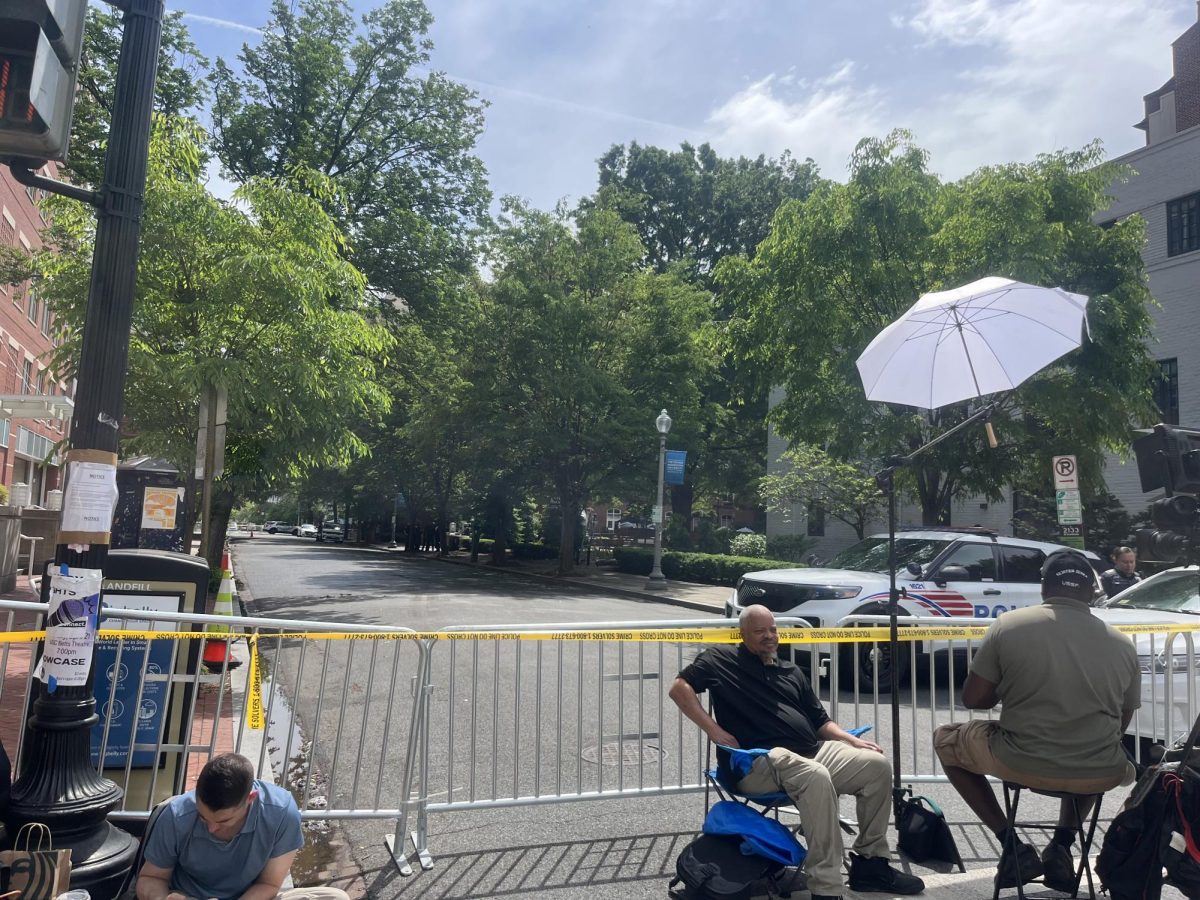The Washington Metro Area Transportation Authority resumed full eight-car service this week in conclusion of a summerlong project that repaired 100 of its rail cars.
The renovated 4000-series rail cars, each of which includes eight cars, were removed from service for safety inspections, which involved fixing door operation issues to enhance customer safety after multiple reports of doors opening on moving cars. Although no doors failed the safety inspections, several door components did not meet minimal acceptable standards.
WMATA reduced the number of eight-car trains in service on Mondays and Fridays so that the cars could spend more time in the maintenance yards.
WMATA media spokesman Richard Jordan explained that maintenance was scheduled for the summer, since fewer commuters take the Metro during the warmer season. Mondays and Fridays are also typically the lightest ridership days of the week. Ridership is about 10 percent lower on those days, according to a WMATA press release.
“We thought it would be a good time to for us to address some of the maintenance issues that we could take care of,” Jordan said. “That’s why we took advantage of the summer and why we were down to six cars for some trains.”
According to National Parks Service spokesperson for the National Mall Matt Litterst, the summer Metro changes did not have a noticeable effect on tourism to the National Mall and nearby monuments.
“I know our visitation has been up this year,” Litterst said. “So anecdotally, no.”
The maintenance project also aimed to fix the aging status of WMATA’s fleet. In particular, the 4000-series cars have been the most problematic, according to Jordan.
“The 4000s are ones that require the most maintenance for some reason,” Jordan said. “It is the least reliable.”
As a result, WMATA plans to replace the 4000-series and the 1000-series, which are approaching 40 years of service, with the newest being the 7000-series, in the coming months.
Samantha Menegas (COL ’19) used the Metro to commute to her internship over the summer and said she encountered problems due to a lack of available trains.
“I took it during rush hour from 9 to 5 and it was always insanely crowded,” Menegas said. “There was this one time … they offloaded the whole Metro onto the platform that already had people on it. I had to wait for three more Metros to go by before I could get on another one.”
Melissa Crawford (MSFS ’16) said she noticed that Metro service slowed in the summer. After using the blue-orange line last year, she switched to the green-yellow line for her summer commute and experienced frequent delays.
“Over the summer I lived on the green-yellow line and that was the one with a lot of problems,” Crawford said. “It takes forever to get places.”




















